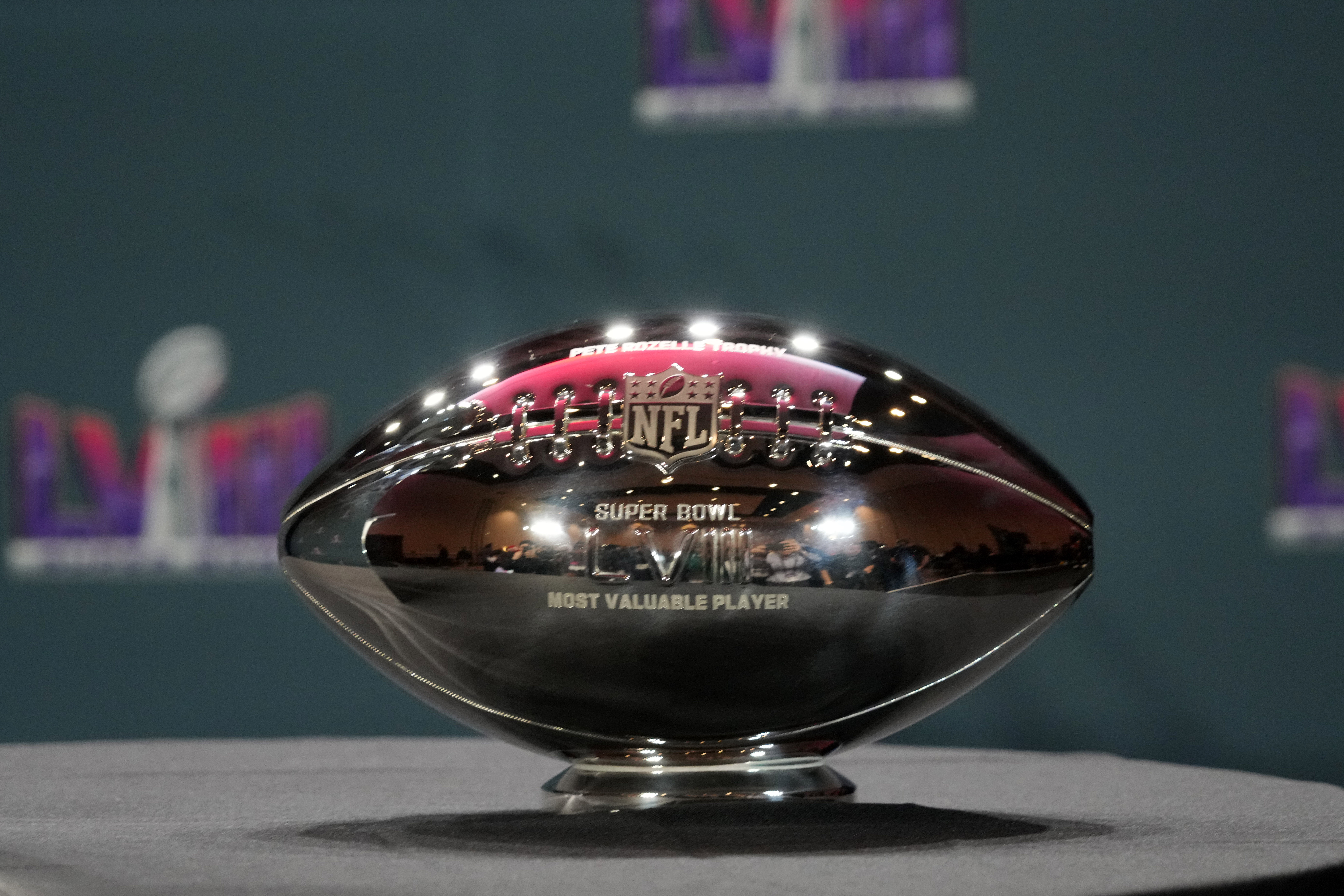The second overtime game in Super Bowl history, plus Taylor Swift’s relationship with Kansas City Chiefs tight end led to Sunday’s game on CBS being the most-watched program in television history. And this number included millions of LGBTQ fans.
“According to Nielsen and Adobe Analytics, Kansas City’s 25-22 overtime victory over San Francisco on Sunday night averaged 123.4 million viewers across television and streaming platforms,” Associated Press reported. “That shattered last year’s mark of 115.1 million for Kansas City’s last-play victory over Philadelphia and is a 7% increase.”
A Census Bureau survey in 2021 found nearly 10% of respondents identifying as LGBTQ or other, while other surveys find the number closer to 6%, which would translate into 6 million to 12.3 million Super Bowl viewers if we could extrapolate the percentages. (About 20% of Gen. Z identify as LGBTQ, according to GLAAD.)
We’ve long known anecdotally and from other surveys that many LGBTQ people are passionate sports fans. And in the last 20 years, the Super Bowl has grown larger as a secular American holiday, an excuse to throw a party and watch football, the halftime show and the commercials. Even non-sports fans watch, since it’s a great excuse to party. Cyd Zeigler wrote about one gay L.A. Super Bowl party with a guest list of 1,000.
Get off the sidelines and into the game
Our weekly newsletter is packed with everything from locker room chatter to pressing LGBTQ sports issues.
In San Francisco, the gay sports bar Hi Tops was packed for the game, even if the hometown 49ers fans were rooting against Taylor Swift’s boyfriend.
49er fans fill the Castro’s Hi Tops bar on Sunday.
— San Francisco Chronicle (@sfchronicle) February 12, 2024
Where are you watching the game from?
🎥: @BronteWittpenn pic.twitter.com/ftQmuapLpL
While Swift was draw for many fans, gay and straight, a shirtless Usher was a real show-stopper for others.
The shriek from my gay Super Bowl party when Usher took his shirt off
— Karl Delossantos (@karl_delo) February 12, 2024
pic.twitter.com/VxtTkl4lwQ
There were no out gay players in the game and the commercials were so bland that I missed the LGBTQ angles that GLAAD found in 10 ads, and maybe that’s because “only one, from Volkswagen included explicitly LGBTQ storytelling.”
But despite all that, I know that I am not alone in watching the game down to the very last play. With viewership increasingly fractured and siloed by streaming, the Super Bowl — still shown on traditional network TV — is about one of the last shared experiences we have as Americans, regardless of how we identify.








































